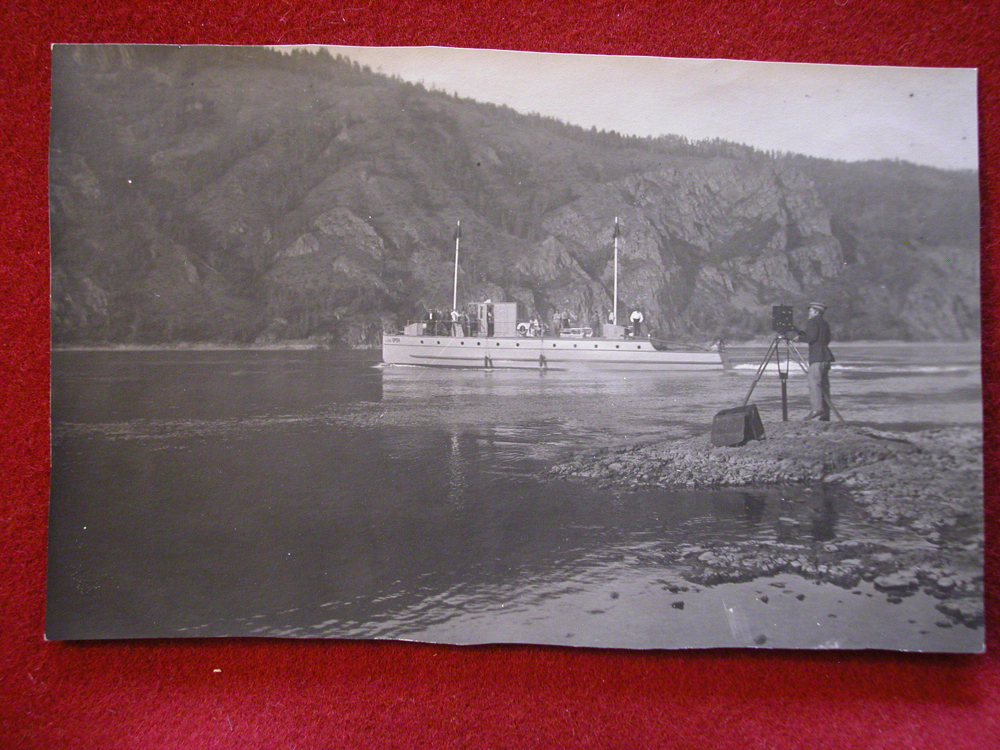Archival emanations: the product of decay
video: the product of decay
Can an archive emit documents in a fashion that does not result in the decay of the original? In archival methodology and practice one central objective is the suspension of decay. Digital reproduction of archival documents and artifacts has been widely adopted in the archival community as a technique to reduce the handling of the original document in order to impede inevitable processes of decay. A corollary effect of this, intentional or not, has been an increase in circulation. This increase in circulation, however, presents a new kind of decay: the decay of controlled meaning. As these images circulate in new contexts their distance from the archival ecologies that have previously framed them weaken. They are used in a multitude of ways in diverse projects. They become wild signifiers.
Working in the archive is the labor and proof behind the images you see here. Being in the archive and spending time there, doing time there, is presumably what many historians do. As a cultural theorist and ethnographer in the archive I was never quite able to get out of a tense and sensuous encounter with state power. The archive overwhelmed what seemed to be my clear and direct questions about the visual histories of sovietization, with its own logics and institutionalized incredulities to my project. Where my questions at times brushed the archival grain in the wrong way I was always put straight, set on the right track. The archivists were mostly polite, especially once I'd spent more than a week or two working through anonymous archival inventories [opisi], requesting archival files [dela] and more or less looking like a typical researcher [issledovatel']. The Russian for researcher translates literally as a tracker or one who looks for traces—an apt translation given the emphasis on the trace in archival theory and deconstruction. Besides the obvious absent presence that is the trace, the embodied haunting of documents whose histories have been frozen and who have become mute vessels beholden to the stuff of the past in the present, the trace reaches out of text and speech to mark both photography and the everyday life of indigenous Siberians. If these last statements perhaps demonstrate my deviance in the post-soviet Soviet archive, the policing function of archivists on my research was only a symptom of the larger technologies of rule and order implicit in the archive itself. Indeed reconsidering my time in these institutions, the archives look more than ever like material incarnations of state power and order. They do not merely bear the history of the state but they are among its earthly effects; the archives are not imaginary structures but ecologies of containment, like holy relics in their glass and wood
